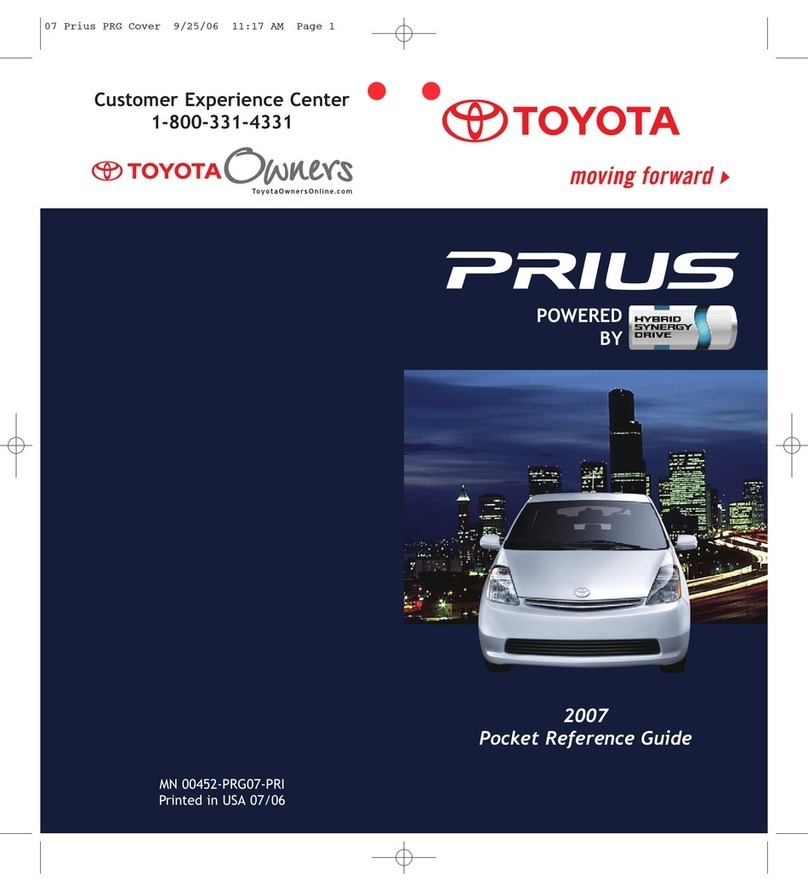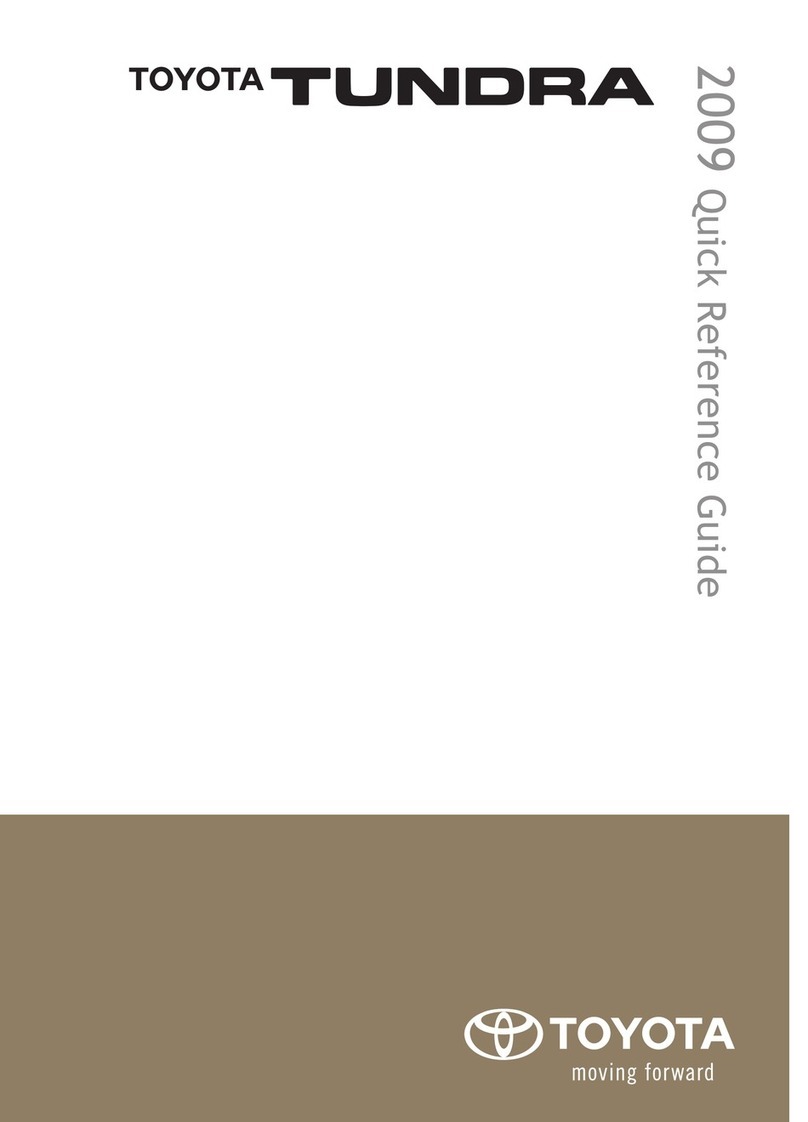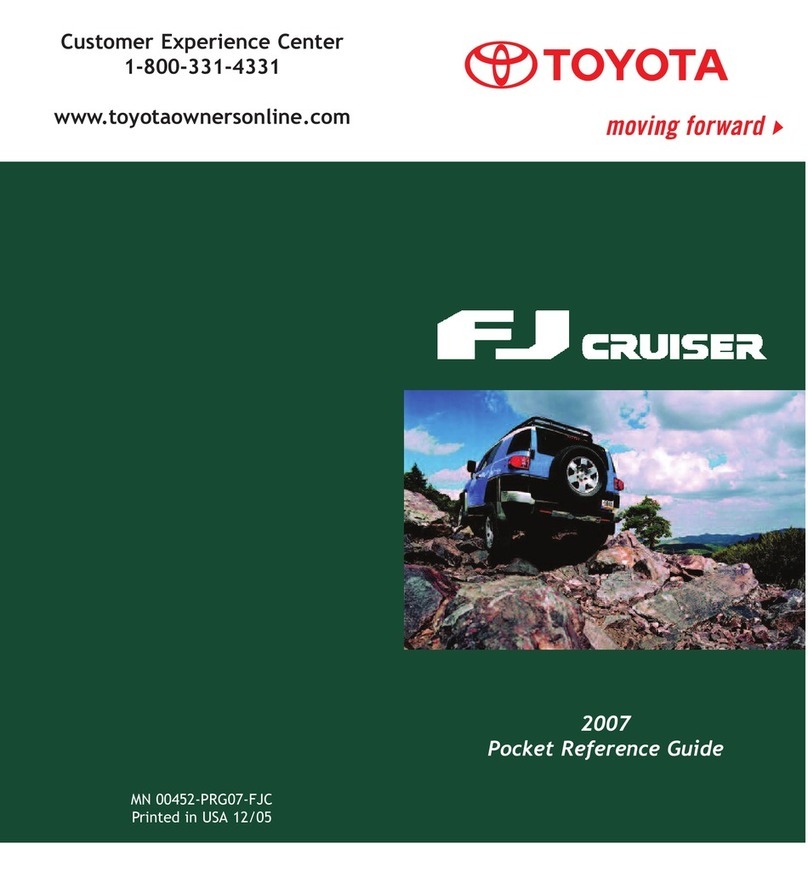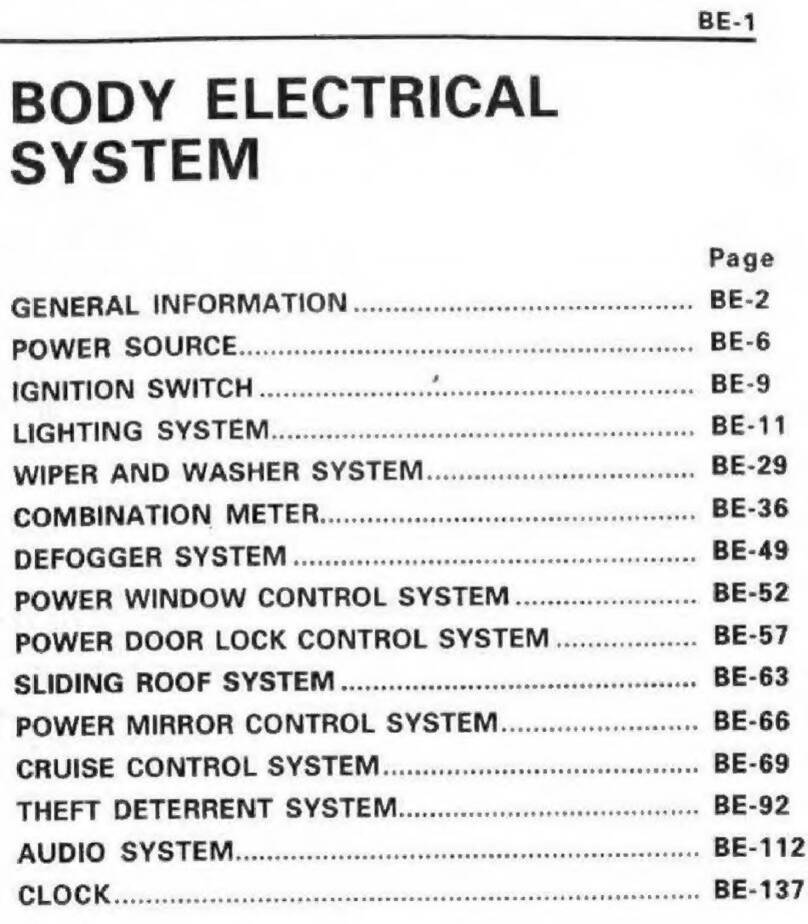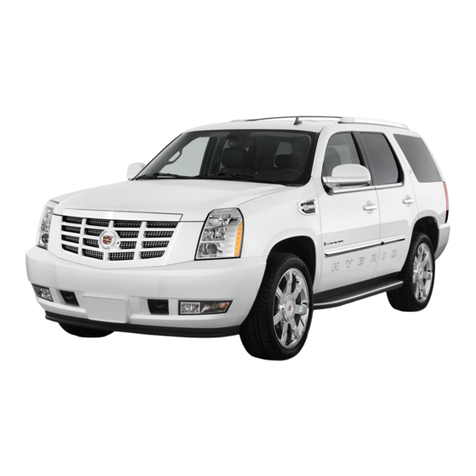-i-
Foreword
In May 2006, Toyota released the 1st generation Toyota Camry
gasoline-electric hybrid vehicle in North America. To educate and
assist emergency responders in the safe handling of the 1st generation
Camry hybrid technology, Toyota published the 2007 Camry hybrid
Emergency Response Guide.
With the release of the 2nd generation Camry hybrid in September 2011,
a new 2012 Toyota Camry Hybrid Emergency Response Guide was
published for emergency responders. While many features from the 1st
generation model are similar, emergency responders should recognize
and understand the new, updated features of the 2nd generation Camry
hybrid covered in this guide.
High voltage electricity powers the electric motor, generator,
inverter/converter and air conditioning compressor. All other
automotive electrical devices such as the headlights, radio, and gauges
are powered from a separate 12 Volt auxiliary battery. Numerous
safeguards have been designed into the Camry hybrid to help ensure the
high voltage, approximately 244.8 Volt, Nickel Metal Hydride (NiMH)
Hybrid Vehicle (HV) battery pack is kept safe and secure in an accident.
The Camry hybrid utilizes the following electrical systems:
Maximum 650 Volts AC
Maximum 27 Volts AC
Nominal 244.8 Volts DC
Nominal 12 Volts DC
2nd Generation Camry Hybrid Features:
Complete model change with a new exterior and interior design.
An Electric Power Steering (EPS) assist motor rated at 27 Volts.
A boost converter in the inverter/converter that boosts to 650 Volts
the available voltage to the electric motor.
A high voltage Hybrid Vehicle (HV) battery pack rated at 244.8
Volts.
High voltage motor driven Air Conditioning (A/C) compressor
rated at 244.8 Volts.
A body electrical system rated at 12 Volts, negative chassis ground.
Supplemental Restraint System (SRS) – dual stage frontal airbags,
front knee airbags, front and rear seat mounted side airbags, side
curtain airbags, and front seatbelt pretensioners.
High voltage electrical safety remains an important factor in the
emergency handling of the Camry Hybrid Synergy Drive. It is
important to recognize and understand the disabling procedures and
warnings throughout the guide.
Additional topics in the guide include:
Toyota Camry hybrid identification.
Major Hybrid Synergy Drive component locations and descriptions.
Extrication, fire, recovery, and additional emergency response
information.
Roadside assistance information.
2012 Model Year Camry Hybrid
(2nd Generation) 2007 – 2011 Model Year Camry
Hybrid (1st Generation)
This guide is intended to assist emergency responders in the safe
handling of a Toyota Camry hybrid vehicle during an incident.
NOTE:
Emergency Response Guides for Toyota hybrid and alternative fuel
vehicles may be viewed at http://techinfo.toyota.com.


